- Home
- Instruments
- Gear
- Recording
- Lessons
- Reviews
- Blog
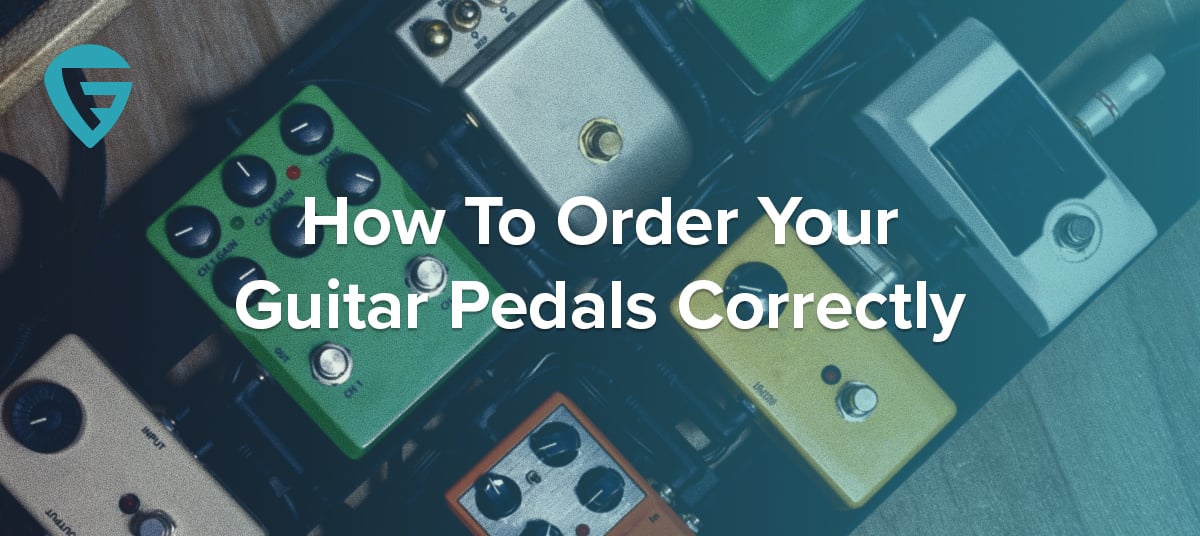
In this day and age, guitar effects pedals are more or less the cornerstone of guitar sound. If you need to step out of the range of effects available on your amp, you simply need to have at least some guitar pedals at your disposal.
Those who want to have a good level of versatility often decide to build a pedalboard setup of some kind where they will mount all of their guitar effects pedals.
If you are planning on doing this, or you just want to get yourself some guitar pedals, you need to be careful in which order you connect the pedals in your signal chain. You can check out our list of guitar pedals if you want to know which models are currently the most widely used. Layering effects is something that requires a certain dose of finesse and planning.
Some effects can work anywhere in the signal chain, while others need to be placed in specific order. Today we are going to talk about the order of effects pedals, and what is a good starting point.
Before we go any further, we need to mention that there is no single right way when it comes to arranging your guitar pedals. It's a very personal thing, which depends on the type of tone you are looking to get and your personal preference.
What we are going to show you today is a more or less basic order of guitar pedals. You can use this template to experiment with different pedal positions and ultimately come up with a solution that works the best in your particular case. With that said, let's get started.
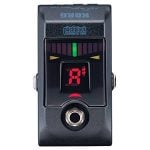 Tuners are the first type of pedal you want to plug your guitar into. A guitar tuner pedal is something performing guitarists often use because it's easy to access between or even during a performance. Since they need a clean signal from the guitar in order to give you the best readings, guitar tuner pedals are placed first in the signal chain.
Tuners are the first type of pedal you want to plug your guitar into. A guitar tuner pedal is something performing guitarists often use because it's easy to access between or even during a performance. Since they need a clean signal from the guitar in order to give you the best readings, guitar tuner pedals are placed first in the signal chain.
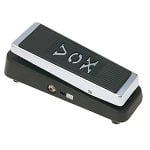 Wah pedals are a type of pedal that acts as a filter of sorts. They cut certain parts of the frequency range, which produces that widely known effect most guitar players love to use. Wahs are generally the first effect pedal in the chain.
Wah pedals are a type of pedal that acts as a filter of sorts. They cut certain parts of the frequency range, which produces that widely known effect most guitar players love to use. Wahs are generally the first effect pedal in the chain.
When you feed a raw signal to the wah pedal, it does a much cleaner job of cutting the frequency, which sends an already molded signal down the chain. Some guitar players like to put wah pedals after their distortion, and that works as well. You can try both ways, and see which one you like more.
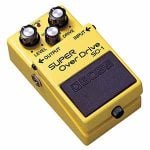 Next are your overdrive and distortion pedals. Generally, anything that comes after these is going to affect the modulation and temporal nature of the signal. As such, you want to have your signal already distorted before it reaches these pedals down the chain.
Next are your overdrive and distortion pedals. Generally, anything that comes after these is going to affect the modulation and temporal nature of the signal. As such, you want to have your signal already distorted before it reaches these pedals down the chain.
Again, this is not a rule but a recommendation. You can get some pretty awesome results if you put distortion pedals in different places in your chain, but each distortion pedal will behave differently so placing them before anything else is the safest option.
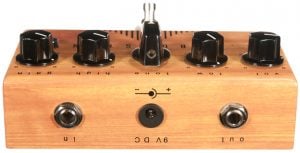 Up next are equalizers and boost pedals. Equalizers are used to mold the signal in a way that you need, cutting some portions of the frequency range and boosting other. Placing this type of pedals after your distortion is more or less a default position, although some guitar players prefer to have their EQs before distortion.
Up next are equalizers and boost pedals. Equalizers are used to mold the signal in a way that you need, cutting some portions of the frequency range and boosting other. Placing this type of pedals after your distortion is more or less a default position, although some guitar players prefer to have their EQs before distortion.
Which placement works better for you depends on how much boost you are adding to the signal. If that value is high, you might run into some issues if you have distortion already applied to the signal. In that case, putting an EQ before overdrive or distortion is a better solution.
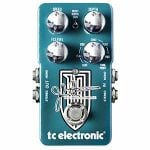 At this point, you want to start adding your modulation pedals into the mix. We are talking about phasers, flangers, and chorus pedals. All of these are affecting the very nature of the signal in one way or another. For example, chorus pedals multiply the signal thus creating an illusion that more than one guitar is being played.
At this point, you want to start adding your modulation pedals into the mix. We are talking about phasers, flangers, and chorus pedals. All of these are affecting the very nature of the signal in one way or another. For example, chorus pedals multiply the signal thus creating an illusion that more than one guitar is being played.
In order to avoid any issues, you generally want to feed a chorus pedal with an already formed signal. This means that distortion is already applied, and you've shaped the signal with an EQ pedal if you're using one. Same goes for the other types of modulation pedals.
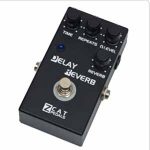 Lastly, we have temporal effects pedals such as reverbs and delays. These effects are affecting the temporal nature of the signal, and the best placement for them is always at the end of the chain. This way you will get the cleanest result and the rest of your pedals won't have to deal with a much more complex signal, which is what temporal effects pedals are essentially creating.
Lastly, we have temporal effects pedals such as reverbs and delays. These effects are affecting the temporal nature of the signal, and the best placement for them is always at the end of the chain. This way you will get the cleanest result and the rest of your pedals won't have to deal with a much more complex signal, which is what temporal effects pedals are essentially creating.
Finding an order of guitar effects pedals that suit your needs the best is something you will have to invest a bit of time figuring out. Even the most experienced guitar players are constantly tweaking theirs in a search for a better tone.
Like we have said before, there is no single right way of doing this, so feel free to experiment with various combinations. Also, keep in mind that using power adapters when working with more than one or two pedals can affect the signal.
You can find more info on that issue in our dedicated article that deals with powering your guitar pedals ‘Guitar Pedals – Best Power Supply Solution'. If you are just starting out, we recommend that you build your pedalboard one pedal at a time.
This way you will have enough time to familiarize yourself with the effect of each pedal on your signal chain, and how adjusting their values changes your tone. When dealing with guitar effects pedals, patience is a must, so remember to take it easy.

Reader Interactions